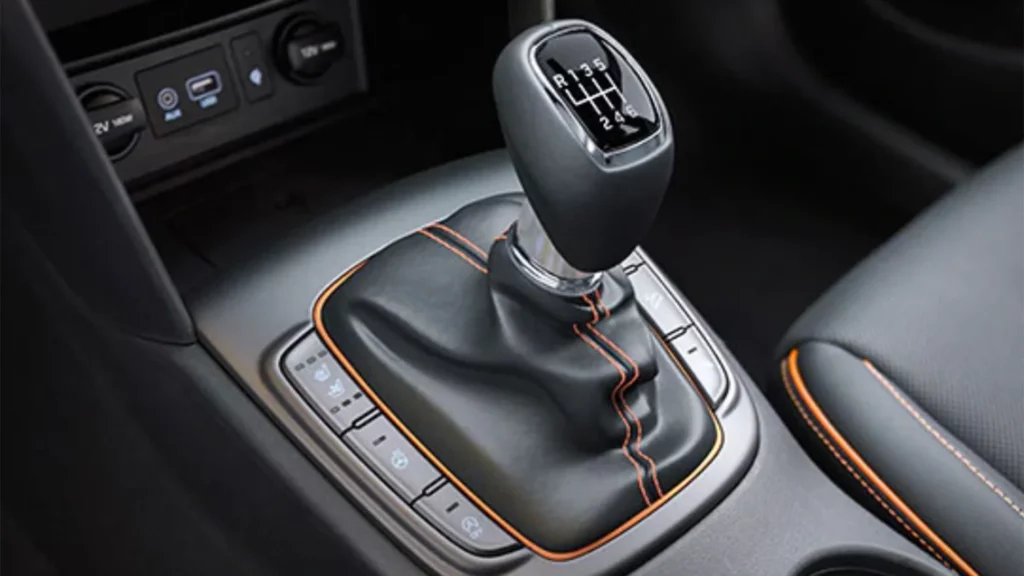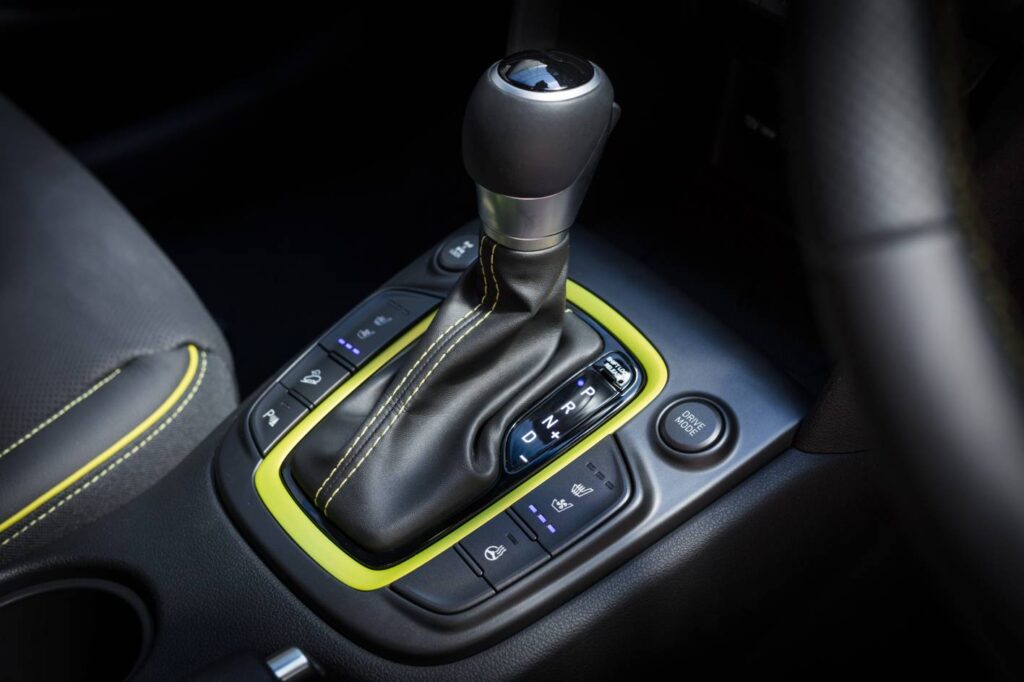Experiencing a sticking clutch in your vehicle can be frustrating and potentially hazardous. Several reasons can lead to this problem, including lack of lubrication between clutch components, worn clutch parts, contaminated clutch fluid, misadjusted clutch pedal, or a damaged flywheel.
However, When you notice difficulties in smoothly engaging or disengaging gears, or a burning smell emanating from the engine bay, it may indicate an issue.
Here, you will explore the common cause behind a sticking clutch, helping you identify the issue and also troubleshooting steps to ensure safe and smooth driving experiences.
What Does a Clutch Do?

The clutch is a crucial component in a vehicle’s manual transmission system that allows for smooth gear shifting. It temporarily disengages the engine from the transmission to match speeds (rpm) precisely. The key mechanism involves a high-friction pressure plate, which is usually pressed against the flywheel to transmit the engine’s power. When engaged, the pressure plate pulls away slightly, allowing the engine to run independently of the transmission and tire speeds, thereby enabling seamless gear changes.
Common Causes of a Sticking Clutch
Lack of Lubrication: Insufficient or dried-out lubrication between the clutch components can lead to friction and sticking. Thus, The disc, pressure plate, and release bearing require proper lubrication to move smoothly during clutch operation.
- Worn Clutch Components: Due to pressure and repeated use, the disc and pressure plate may eventually become worn. Because of this, these worn parts might not disengage or engage properly.
- Contaminated Clutch Fluid: Clutch fluid is used in the hydraulic clutch system to transfer force from the pedal to the release bearing, The ability to move smoothly might be hampered by contaminated or outdated fluid, which can make the stick.
- Misadjusted Clutch Pedal: If the pedal is not releasing fully, the clutch may remain partially engaged, causing sticking and difficulties in shifting gears.
- Warped Flywheel: A warped or uneven flywheel surface can prevent proper engagement. Another key point to bear in mind is that uneven surfaces may cause bind and stick against the flywheel, affecting smooth operation.
- Worn Pilot Bearing: The pilot bearing supports the transmission input shaft and allows it to rotate smoothly. A worn or damaged pilot bearing can create resistance.
- Clutch Cable Issues: In vehicles with a cable-operated system, a stretched or damaged cable can disrupt the proper clutch operation, causing sticking.
- Incorrect Clutch Installation: Improper installation of clutch components, such as pressure plates, can result in misalignment or binding.
Symptoms of a Sticking Clutch
- Difficulty Shifting Gears: Sticking the clutch causes difficulty shifting gears, causing grinding noises and difficulty disengaging fully.
- Slipping Clutch: It occurs when it fails to engage properly, causing power loss and engine revving without acceleration.
- Burning Smell: cause excessive friction and also a burning smell in the engine or vehicle.
- Increased Pedal Effort: This may require more force to operate the clutch pedal. It might feel stiff or hard to press, indicating resistance in the clutch mechanism.
- Vibration or Chatter: A worn can cause vibrations or chatter when the clutch is engaged.
- Delayed Clutch Engagement: May take longer than usual to engage when releasing the pedal, leading to a lag in power transfer and slower acceleration.
- Dragging Clutch: When the drive shaft does not completely disengage, the gearbox is still partially coupled to the engine even when the foot is fully depressed. The result is referred to as a dragging clutch.
Diagnosing and Troubleshooting a Sticking Clutch

- Visual Inspection: Check clutch components for wear, damage, or misalignment.
- Clutch Fluid: Inspect clutch fluid level and condition in hydraulic systems.
- Clutch Function Test: Engage and disengage the clutch pedal, and observe any issues.
- Test Drive: Evaluate clutch performance during gear changes and acceleration.
- Clutch Adjustment: Ensure the pedal is adjusted correctly.
- Flywheel Inspection: Check for warping or unevenness in the flywheel.
- Release Bearing Check: Examine the release bearing for wear and proper lubrication.
- Clutch Cable Inspection: Inspect cable-operated clutches for damage or misalignment.
- Clutch Fluid Flush: Consider flushing contaminated or old clutch fluid.
- Pilot Bearing Evaluation: The pilot bearing should be inspected for wear or damage.
- Repairs and Maintenance: Address specific causes of sticking clutch with necessary repairs and replacements.
- Prevention and Maintenance
- Smooth Driving: Adopt gentle acceleration and clutch use to reduce wear.
- Avoid “Riding” Clutch: Keep your foot off the clutch pedal while driving.
- Check Clutch Fluid: Regularly inspect and replace the fluid.
- Proper Clutch Adjustment: Ensure correct pedal adjustment.
- Use Quality Clutch Components: Opt for reliable parts during replacements.
- Prompt Repairs: Address clutch issues promptly to prevent damage.
Avoid Excessive Revving:
Prevent clutch slipping and wear.
- Lubrication: Regularly lubricate moving parts of the clutch.
- Regular Clutch Inspection: check-in routine maintenance.
- Smart Driving in Traffic: Use the handbrake in traffic instead of riding the clutch.
- Allow Clutch Cooling: Give time to cool down after intense use.
FAQ
Can a sticking clutch cause other issues?
Yes, a sticking clutch can lead to clutch slippage, difficulty shifting gears, and potential damage to other transmission components if left unaddressed.
How long does a clutch last?
approximately 60,000 miles
Does clutch affect speed?
the transmission speed fails to match the engine speed
Conclusion
Understanding the function and components of a clutch system, as well as recognizing the symptoms of a sticking clutch, is essential for every vehicle owner.
With preventive measures and timely repairs, we can enjoy reliable and efficient driving experiences, while also saving on potentially costly repairs in the future.
On the other hand, remember to seek professional help when needed and prioritize the health of the clutch to ensure safe and enjoyable journeys on the road.

